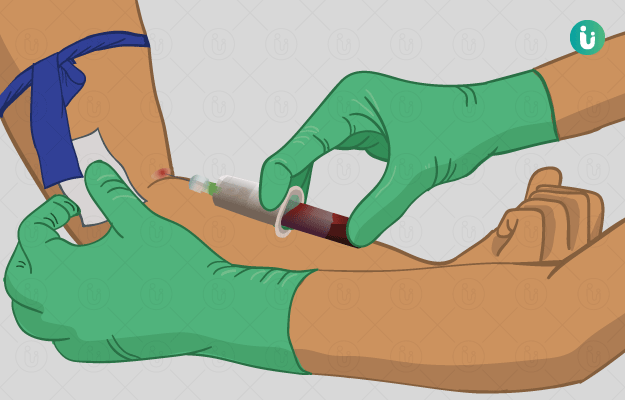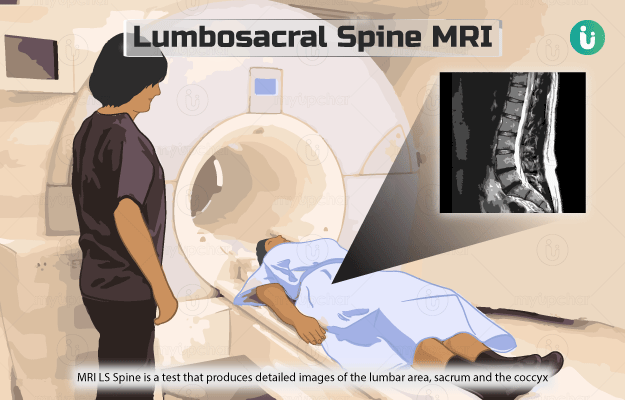What is Kidneys, Ureters and Bladder (KUB) and Post-Void Residual (PVR) Ultrasound?
A KUB ultrasound is performed to examine kidneys, ureters and bladder.
Kidneys are situated on the sides of the backbone and help in purifying blood and removing waste material. A ureter is a tube that moves urine from the kidney to the storage bag, that is the bladder.
Normally, your bladder squeezes out most of the urine from your body. PVR is the volume of urine left in the bladder once you are done urinating, which can be measured using the KUB ultrasound. Less than 50 mL of PVR is considered to be adequate in an adult. A PVR of more than that indicates that you may have conditions related to the bladder or ureter, such as bladder damage or a blockage in the urinary tract.
An ultrasound scan involves transmitting high-frequency sound waves through body organs with the help of a transducer probe. The waves that reflect from the organs are captured by the probe and processed in an attached computer system to show up images on a screen.








































